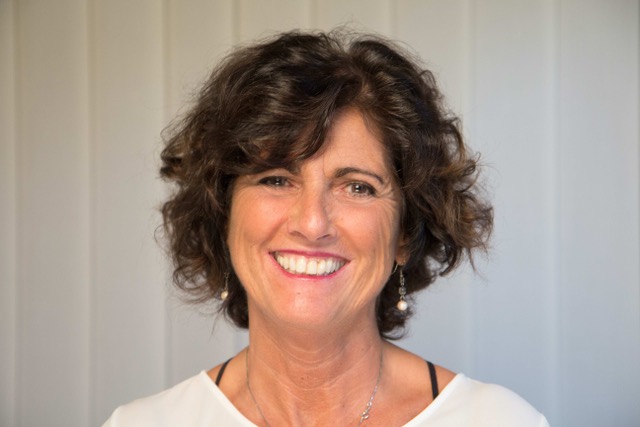
Dirigente di Ricerca, INFN Florence
Office: 325. Phone: +39 055 457 2309
E-mail: decurtis AT fi.infn.it
Publications: INSPIRE
Personal web page
Research topics: Theory of fundamental interactions. Particle physics phenomenology. Beyond Standard Model Scenarios, theory and phenomenology. Collider Physics.
Research interests
My research is in the field of particle physics. The main topic present in a large part of my scientific activity is the dynamical symmetry breaking phenomenon both in strong and electroweak interactions. Concerning the latter, the final goal is to address the open problems of the Standard Model (SM) such as the Electroweak Symmetry Breaking (EWSB) mechanism and the related hierarchy problem.
Having long worked on the construction of effective models where the EWSB is realised through a dynamical mechanism alternative to the standard Higgs one, I was able to give in the last years substantial contributions to the construction of composite Higgs models but also to the analysis of their phenomenological implications. After the discovery of the Higgs particle in 2012, several questions are still to be answered: is it a fundamental scalar? Is it the only one responsible for the EWSB and the mass generation? Is it unique, or a part of an extended Higgs sector? Is it the portal of an “hidden” dynamics? If the answer to this last question is affermative, then one can consider the Higgs as a composite particle, possibly a pseudo-Nambu Goldstone boson associated to the breaking of a global symmetry; a “new pion” which could offer a solution to the hierarchy problem.I have been interested also on the phenomenological manifestations of New Physics (NP) phenomena in the high energy particle physics experiments by proposing Beyond Standard Model (BSM) scenarios that may solve the above-mentioned problems and study their experimental manifestations at present and future particle accelerators. With an emphasis on the Higgs sector, the LHC is performing tests of the SM and of its extensions. By exploring the TeV scale, the LHC could discover any “natural” scenario of EWSB (the one of a pseudo-Nambu Goldstone Boson Higgs for example, which is theoretically well motivated) or exclude it and confirm the SM. Independently of the result, clarifying this point will be a very important legacy of the LHC and will change our perspective on the physics of fundamental interactions.
Recently the study of the composite dynamics in the early universe has captured my attention, in particular the occurrence of a strong first-order EW phase transition, which can trigger baryogenesis in composite Higgs models. Another interesting aspect of this scenario is the generation of gravitational wave signatures that could be observed at future space-based interferometers.